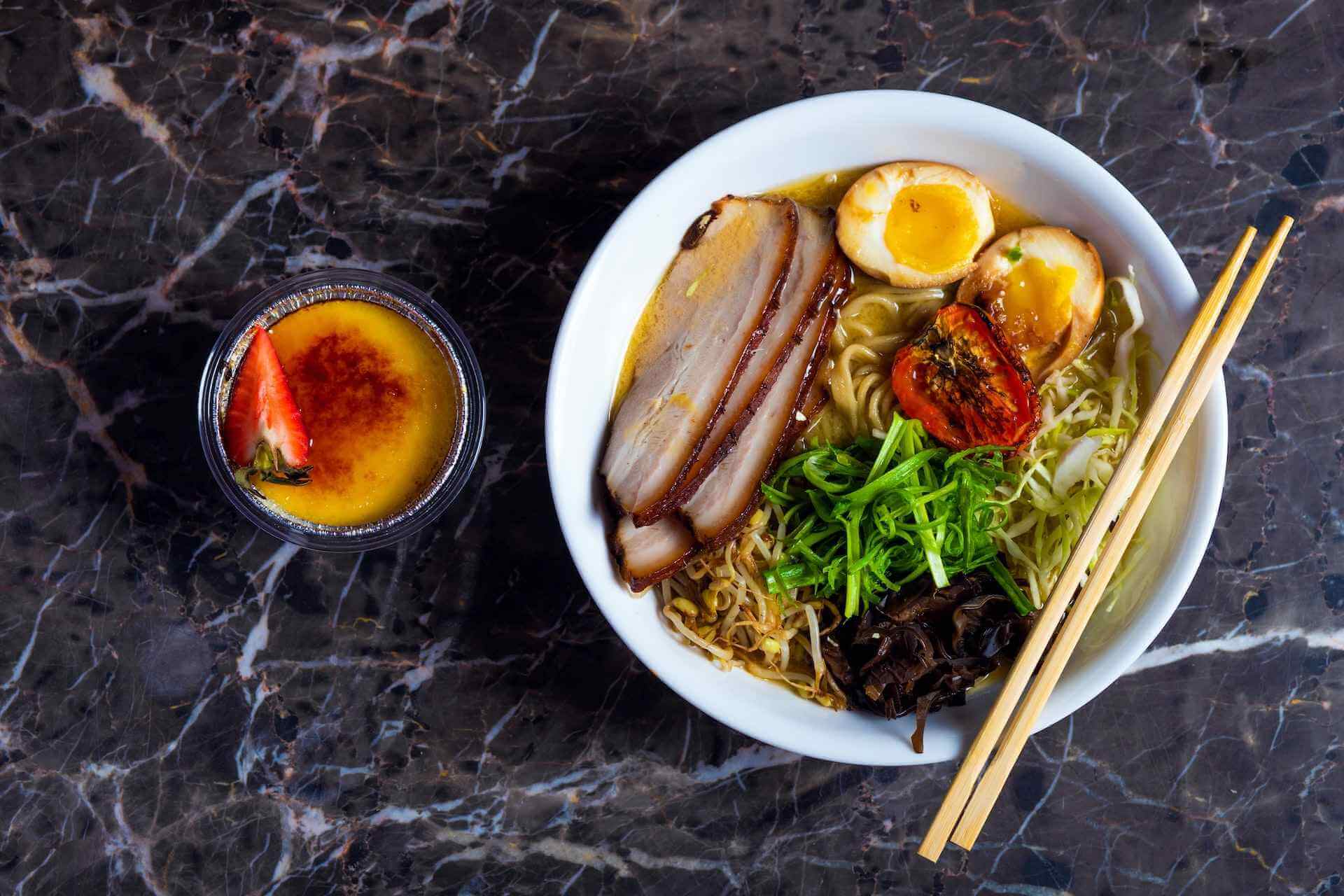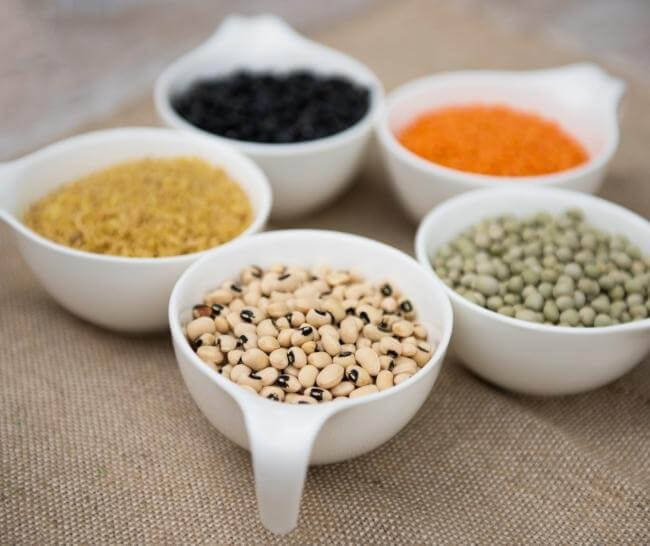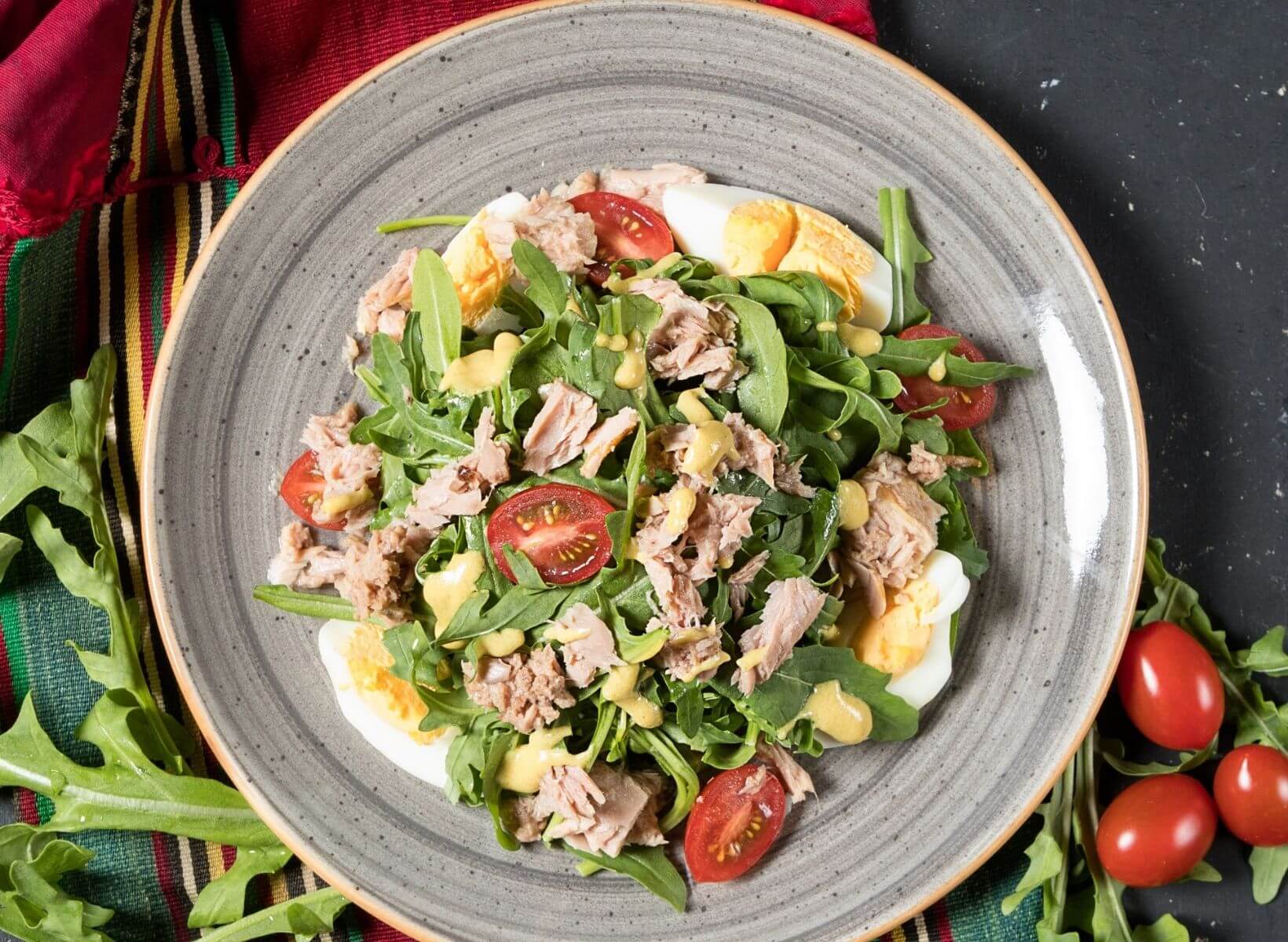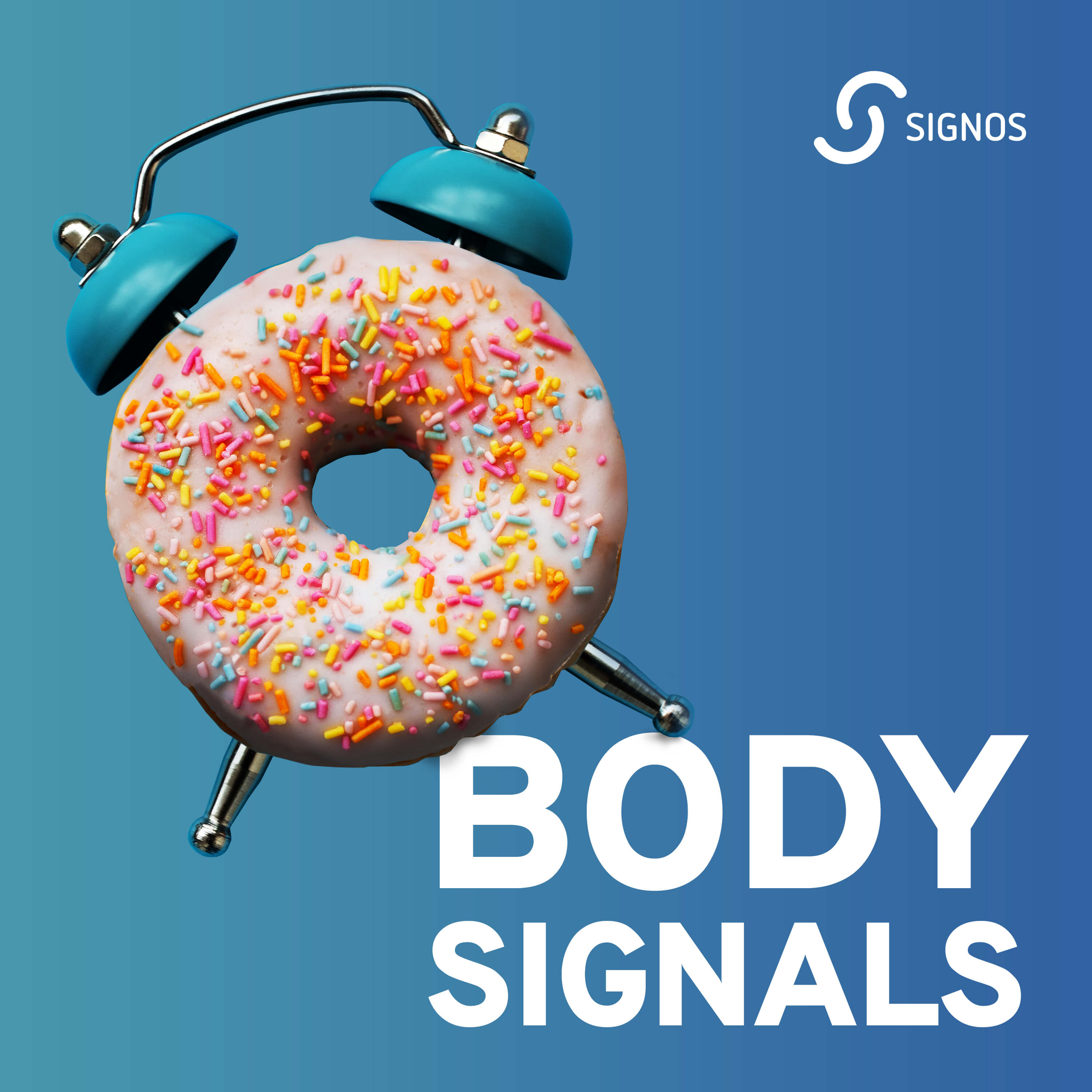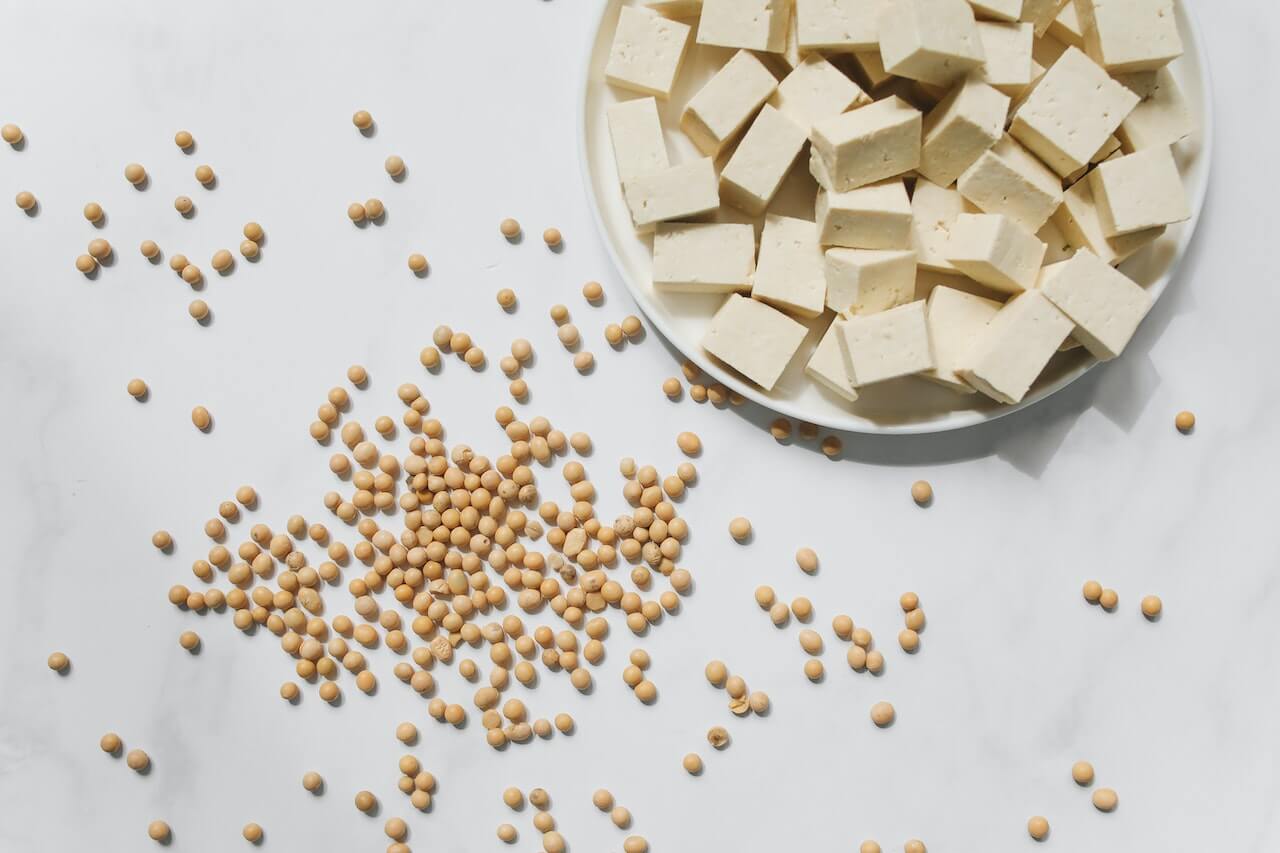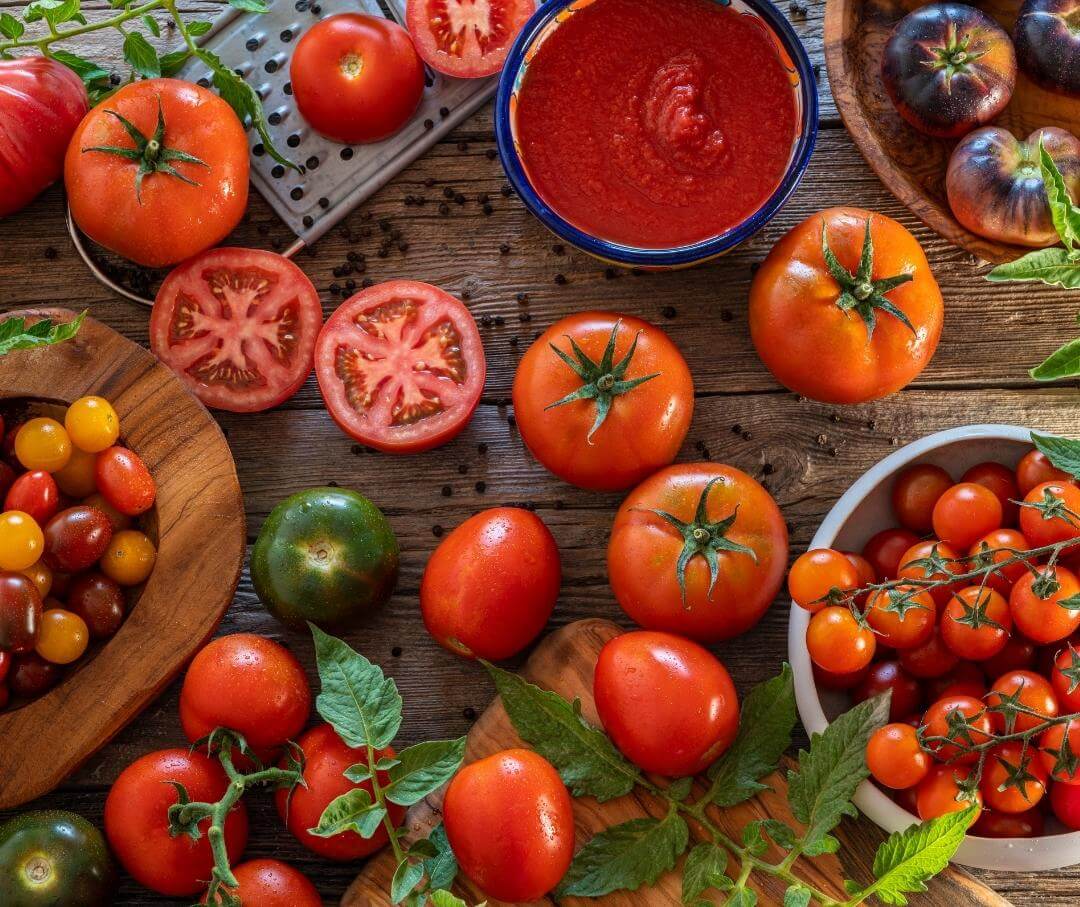If you’re trying to lose weight, a nutritious diet and a plan for meals filled with nutrient-dense foods are one of your biggest allies. Having an arsenal of quick, nutrient-packed meals that are satisfying and ready in less than 30 minutes can make achieving your goals much easier. Keep reading for dietitian-recommended healthy ingredients and deliciously satisfying meals.
{{mid-cta}}
Healthy Grocery Shopping Tips
Healthy eating can be intimidating at first, but these tips for healthy grocery shopping will make your new eating habits a breeze.
- Strategize Your Shopping<p style="margin: 0;">Plan meals ahead of time by choosing healthy recipes and making a grocery list. Stick to your list as much as possible to avoid buying too many less nutritious foods<p>
- Maintain a Well-Stocked Pantry for Quick and Easy Cooking<p style="margin: 0;">Stock up on pantry staples like whole grains, beans, canned vegetables, pasta, oatmeal, spices, cooking oils (olive oil, avocado oil), etc<p>
- Opt for Seasonal Goodness<p style="margin: 0;">Load up on seasonal fresh fruits and veggies for a variety of flavors and nutrients. Check out your local farmer’s market or specialty grocery store near you<p>
- Select Lean Proteins<p style="margin: 0;">Choose lean proteins like chicken breast, eggs, turkey, fish, beans, lentils, tofu, and low-fat or non-fat dairy<p>
- Minimize Highly Processed Foods<p style="margin: 0;">Limit the amount of highly processed foods you toss in your cart. These foods are fine to eat in moderation but are stripped of important nutrients like fiber, vitamins, and minerals. They’re also high in added sugar, saturated fat, and sodium. These foods are often high in calories but don’t provide much nutritional value, leaving you unsatisfied and always wanting more<p>
Fruits and Berries

Fruit and berries are nutrient-dense foods that are sweet and easy to incorporate into your diet. Some of our favorites include:
- Apples
Apples are high in dietary fiber, promoting digestive health and making weight management easier. They are also packed with antioxidants and help combat oxidative stress and inflammation in the body. Apples may also contribute to heart health by reducing cholesterol levels, lowering blood pressure, and improving blood sugar control.
- Raspberries
Raspberries are rich in antioxidants like quercetin and ellagic acid, offering protection against cell damage. A great source of vitamin C, raspberries also support immune function and skin health. The high fiber content aids digestion and supports a healthy weight. Raspberries may have anti-inflammatory effects, contributing to overall health and well-being.
- Blueberries
Blueberries are known for their potential cognitive benefits, improving memory and cognitive function. Another source of antioxidants, blueberries combat oxidative stress and may reduce the risk of chronic diseases. Eating blueberries regularly is linked to improved heart health by reducing blood pressure and cholesterol levels. They also have anti-inflammatory properties that may benefit conditions like arthritis.
- Kiwi
Kiwi is exceptionally high in vitamin C, supporting immune function and collagen production. The fiber in kiwi promotes digestive health and helps prevent constipation. Kiwi is a good source of potassium, which is important for heart health and blood pressure regulation. The antioxidants in kiwi contribute to neutralizing free radicals in the body.
Meats
Meat is a complete source of protein, containing all the essential amino acids your body needs to function properly. Protein also helps to build and maintain muscle mass while increasing feelings of satiety, which can be helpful for weight loss.
- Extra-Lean Beef
Lean beef is a rich source of high-quality protein, essential for muscle building and repair. Beef contains heme iron, which is more easily absorbed by the body and helps prevent iron deficiency. It provides a good dose of zinc, which is important for immune function, wound healing, and DNA synthesis. Beef is also rich in B vitamins such as B12, B6, and niacin, which are crucial for energy metabolism and overall well-being.
- Chicken Breast
Chicken breast is a lean source of protein with minimal fat content, making it ideal for muscle maintenance and weight loss. Chicken breast is also rich in selenium, B6, and phosphorus.
- Turkey
Like chicken breast, turkey is high in protein and low in fat. It contains nutrients, including selenium, zinc, and B vitamins. It also contains tryptophan, an amino acid that plays a role in serotonin production, contributing to mood regulation.
- Lamb and Mutton
Lamb and mutton provide a good source of high-quality protein for muscle health. It contains essential vitamins like B12, niacin, and zinc. It’s a great source of heme iron and may also contain CLA, a fatty acid with potential health benefits.
Low-fat and non-fat dairy products, as well as eggs, are also an excellent source of protein.
Nuts and Seeds

Nuts and seeds are high in fiber, vitamins, minerals, and unsaturated fat. Despite being high in calories, nuts and seeds may help lower the risk of cardiovascular disease, cancer, and other health issues. They are a satisfying snack that could help those managing their weight.
They also require no preparation, so they’re easy to add to your routine. They can also add texture to salads and other dishes.
- Almonds
Almonds are a popular nut that contains vitamin E, antioxidants, magnesium, and fiber. Almonds may support weight loss, promote healthy gut bacteria, improve brain health, promote healthy blood pressure, and promote a youthful appearance.
- Chia Seeds
Chia seeds are a nutrient-dense addition to the diet. They’re high in fiber and protein and contain significant amounts of magnesium, manganese, calcium, and various other nutrients.
- Macadamia Nuts
Macadamia nuts are higher in monounsaturated fats and lower in omega-6 fatty acids than most other nuts. They are a good source of fiber as well.
- Walnuts
Walnuts are highly nutritious and rich in fiber and various vitamins and minerals. They make a great snack or a tasty addition to a salad for added protein and crunch.
<p class="pro-tip"><strong>Learn More: </strong><a href="start-living-a-healthy-lifestyle">How to Start Living a Healthy Lifestyle</a>.</p>
Vegetables
Vegetables are a crucial component of a healthy diet, offering a wide range of nutrients that promote health and well-being. They are low in calories, high in fiber, and can help you feel full and satisfied when trying to lose weight. Vegetables make a delicious addition to any meal and go particularly well in soups.
- Asparagus
Asparagus is a good source of vitamins A, C, E, and K, as well as folate and fiber. It also contains antioxidants like glutathione, which helps neutralize free radicals and protect cells from damage. Asparagus is high in dietary fiber, promoting healthy digestion and preventing constipation. Low in calories and high in fiber, asparagus is a filling option for those watching their weight.
- Bell Peppers
Bell peppers, especially the red ones, are rich in vitamin C and vitamin A, which supports immune function and skin health. They are loaded with antioxidants, including carotenoids and flavonoids, which help protect cells from oxidative stress. Bell peppers are low in calories, making them a great snack or addition to meals for those managing weight.
- Broccoli
High in fiber, broccoli promotes digestive health and helps maintain a healthy weight. It’s rich in vitamins and minerals, including vitamin C, vitamin K, calcium, phosphorus, and folate. The fiber, potassium, and antioxidants in broccoli support cardiovascular health by regulating blood pressure and reducing cholesterol.
- Carrots
The fiber content in carrots supports healthy digestion and regular bowel movements. It also increases satiety, promotes stable blood sugar, and supports a healthy weight. Carrots are rich in beta-carotene, a precursor to vitamin A, promoting eye health and immune function.
Some more favorites include leafy greens and sweet potatoes.
Seafood

Fish provides high-quality, easily digestible protein necessary for muscle growth and repair.
It’s rich in essential nutrients such as B vitamins (B12, niacin), vitamin D, iodine, selenium, zinc, and omega-3s.
Regular fish consumption is linked to a lower risk of heart disease, reducing factors like high blood pressure and cholesterol. Omega-3 fatty acids in fish have anti-inflammatory effects, potentially alleviating inflammation in the body.
- Salmon
Salmon is a lean source of high-quality protein, which is great for maintaining muscle during weight loss. The omega-3s, particularly EPA and DHA, are beneficial for heart health, brain function, and reducing inflammation. Eating salmon regularly is associated with better cardiovascular health, including lower blood pressure and reduced risk of heart disease.
- Sardines
Sardines are high in protein and contain essential nutrients like vitamin D, selenium, phosphorus, and zinc. They’re also a great source of calcium, which is important for heart and bone health.
- Tilapia
This mild fish is extremely versatile in cooking. It’s high in protein, vitamins, and minerals, plus it’s low in fat. Tilapia is a lean fish with relatively low-calorie content, making it a suitable choice for those watching their calorie intake. It’s easily digestible and affordable.
- Shrimp
Shrimp is a low-calorie, high-protein option that supports weight loss and muscle maintenance. It contains astaxanthin, a powerful antioxidant with potential health benefits, plus it provides vitamins such as B12 and minerals like selenium, which are important for immune function.
Simple Ways to Focus on Whole Foods
Changing the way you eat can feel daunting at first, but with small, attainable goals, you’ll be eating a healthy diet in no time. Here are some simple ways to add more whole foods to your diet:
Eat More Vegetables and Fruits
Add more vegetables and fruits to meals and snacks. Adjust portions of carbohydrates to accommodate the added produce.
Try One New Recipe per Week
Try a new recipe that focuses on whole food ingredients each week.
Add Plant-Based Protein Sources
Adding more beans, lentils, tofu, nuts, and seeds can increase your intake of fiber and other essential nutrients. It may also decrease your saturated fat intake, which is good for heart health.
Choose Whole Grains
When possible, choose whole grains over refined. Opt for whole wheat or whole grain bread, whole wheat pasta, brown rice, quinoa, farro, and oatmeal. These grains are higher in fiber and nutrients, both of which are beneficial for weight loss.
Wholesome Living, One Bite at a Time With Signos
Learn more about the importance of eating whole foods for a balanced, healthy life with Signos’ expert advice.
Signos CGM empowers you to improve your health by keeping track of your diet, exercise, sleep habits, and blood sugar. Knowledge is power, and a CGM can give you specific information about how your habits affect your health.
Signos has a team of health experts who compile evidence-based nutrition information to help you improve your health and wellness. Check out the resources here.
<p class="pro-tip"><strong>Also Read: </strong><a href="intermittent-fasting-meal-plan">The Ultimate Guide To a Healthy Intermittent Fasting Meal Plan</a>.</p>
- Item 1
- Item 2
- item 3




